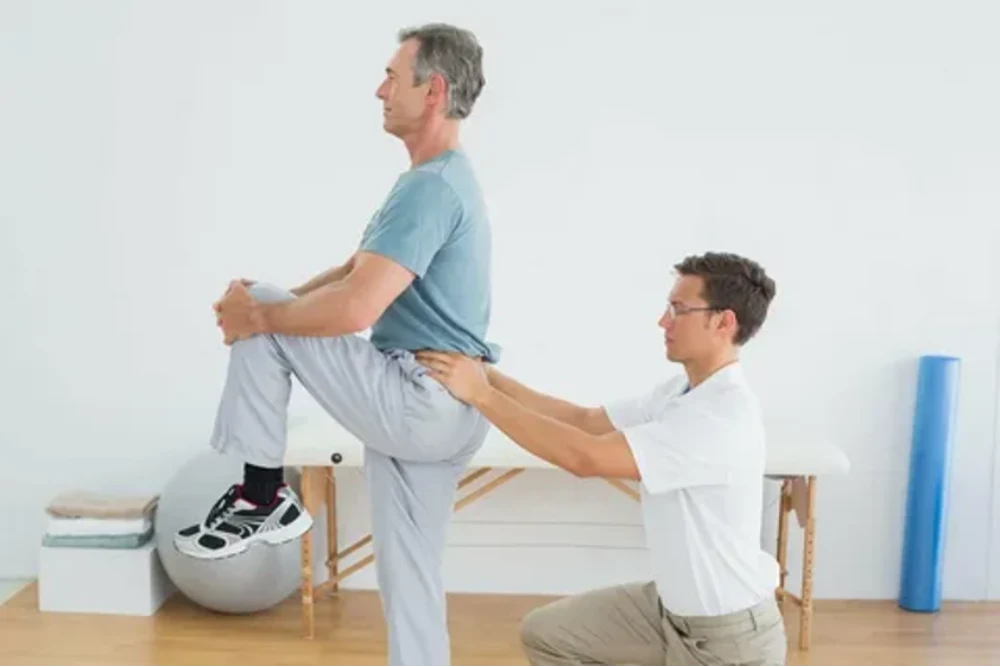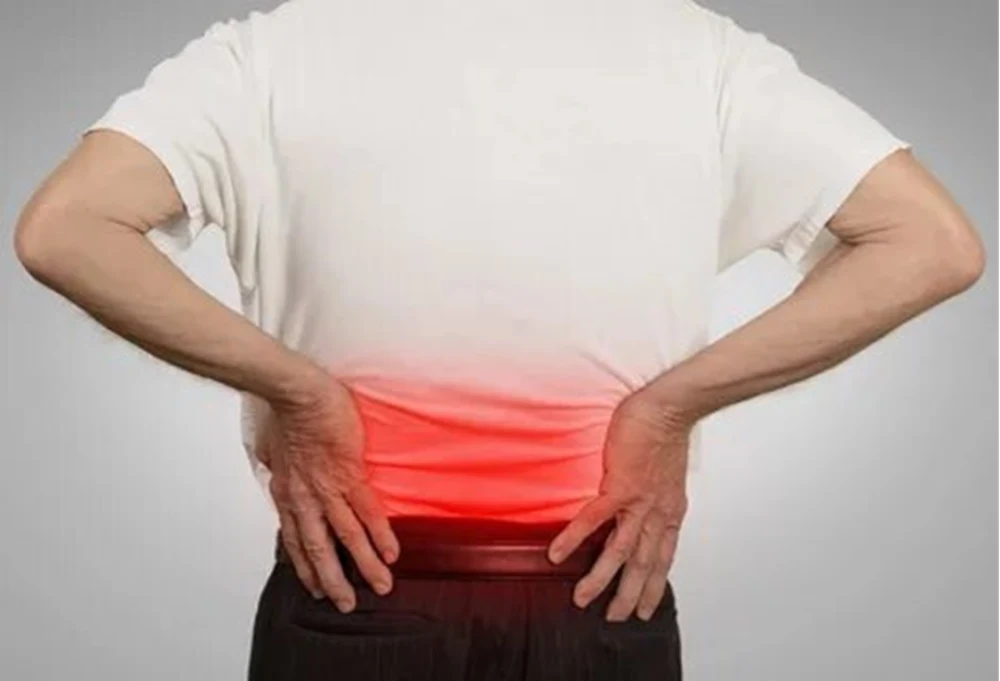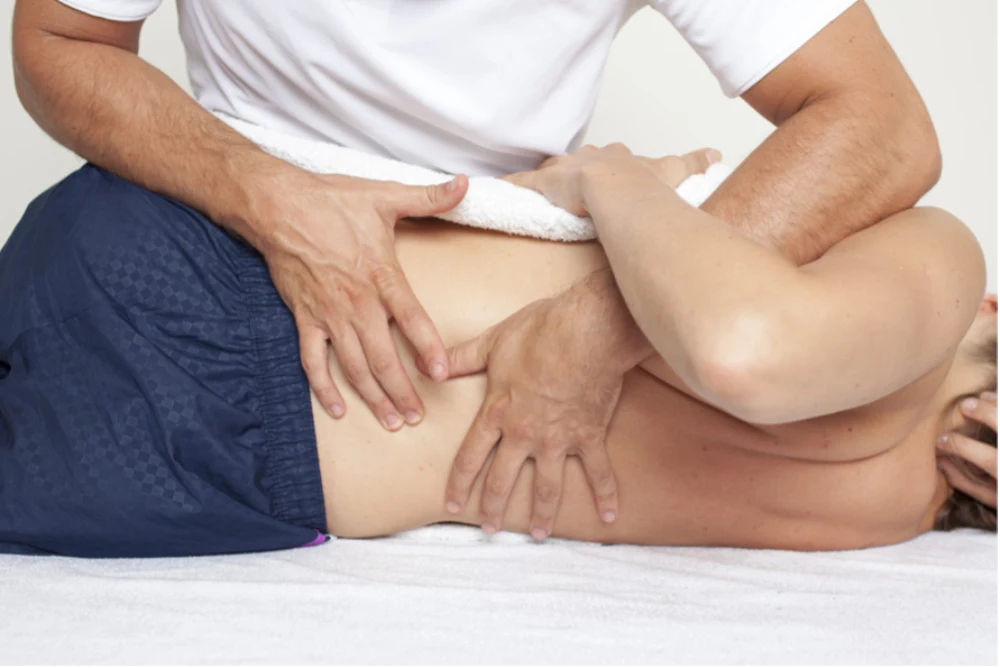An epidemic of lower back pain affects millions of individuals globally. It can affect everyday activities and one’s quality of life, ranging from minor discomfort to severe, incapacitating suffering. Lower back pain can be effectively managed with physiotherapy, which provides a variety of exercises and strategies to reduce symptoms and encourage healing. In this article, we will investigate low back pain treatment physical therapy by focusing on low back pain pt management.

Causes of Lower Back Pain
Lower back pain can arise from various factors, including muscle strain, ligament sprain, herniated discs, degenerative disc disease, spinal stenosis, osteoarthritis, and skeletal irregularities such as scoliosis. Poor posture, lifting heavy objects improperly, sudden movements, and repetitive motions can also contribute to lower back pain. Additionally, factors like obesity, a sedentary lifestyle, lack of exercise, and smoking may increase the risk of experiencing lower back pain. Stress and psychological factors can worsen existing pain or contribute to its development. Proper diagnosis and treatments such as low back pain treatment in physiotherapy often involve a comprehensive approach that addresses both physical and lifestyle-related factors to effectively manage lower back pain.
Benefits of Physiotherapy for Lower Back Pain
Physiotherapy and Vancouver RMT offer numerous benefits for individuals who are suffering from lower back pain. By focusing on the root causes of pain and dysfunction, physiotherapy exercises for lower back pain can:
- Increase range of motion and flexibility:
Physiotherapy helps to release tight muscles and increase the range of motion in the lower back and surrounding areas through focused stretching and mobility exercises.
- Fortify your core muscles:
Maintaining good posture and supporting the spine both require core stability. Strengthening the muscles in the belly, back, and pelvis is the main goal of physiotherapy exercises to support and stabilize the lower back.
- Encourage good posture:
One of the main causes of lower back discomfort is bad posture. Physiotherapy instructs patients on appropriate body mechanics and ergonomics to lessen the chance of injury and avoid strain on the spine.
- Reduce pain and inflammation:
Targeted exercises combined with manual treatment methods like massage and manipulation can help reduce pain and inflammation in the lower back.
- Prevent future episodes of back pain:
By addressing underlying issues and promoting proper movement patterns, physiotherapy can help prevent recurrent episodes of lower back pain.
Lower back pain can result from muscle strain, poor posture, obesity, and stress. Physiotherapy management for low back pain benefits include increased flexibility, strengthened core muscles, improved posture, pain reduction, and prevention of future pain through targeted exercises and manual treatments.

Common Physiotherapy Exercises for Lower Back Pain
back pain treatment physiotherapy
There are several physiotherapy exercises for lower back pain including:
- Stretching Exercises:
- The Cat-Cow Stretch:
This yoga-inspired stretch eases lower back stress and enhances spinal flexibility.
- Hamstring Stretch:
Lower back pain may be exacerbated by tense hamstrings. This stretch improves posterior chain flexibility and targets the hamstrings.
- Piriformis Stretch:
In the field of PT management for low back pain, tightness in the piriformis muscle, which is situated deep in the buttocks, can irritate the sciatic nerve. Sciatic pain can be relieved and piriformis tightness can be released with this stretch.
- Strengthening Exercises
- Bird Dog:
This exercise improves balance and stability by strengthening the muscles in the lower back and abdominal area.
- Bridge
The bridge exercise strengthens the lower back muscles and helps stabilize the pelvis by focusing on the glutes and hamstrings.
- Planks:
This is a great workout for strengthening your core that works your shoulders, lower back, and abdominal muscles.
- Mobility Exercises
- Pelvic Tilts:
By enhancing pelvic mobility and alignment, pelvic tilts lessen lower back tension and encourage healthy movement patterns.
- Turns of the Hips
Hip rotations enhance hip and lower back mobility by releasing tight hip muscles.
- Torsion of the spine
Spinal twists improve range of motion and relieve lower back stress by increasing spinal flexibility and mobility.

- Postural Correction Exercises
- Shoulder Blade Squeezes:
In back pain physiotherapy management, strengthening the muscles between the shoulder blades can lessen the curving of the shoulders and help to improve posture.
- Tucks in the chin:
Chin tucks improve posture by strengthening the muscles in the upper back and neck and repositioning the head forward.
- Wall Angels:
Wall angels support good posture by strengthening the upper back muscles and opening up the chest and shoulders.
read more: Knowing Physiotherapy Exercises for Lower Back Pain
How Physiotherapy Manages Lower Back Pain
In Vancouver Physiotherapy for back pain treatment employs a variety of techniques to manage lower back pain effectively. Firstly, it focuses on exercises aimed at strengthening core muscles, which support the spine and improve posture, thereby reducing strain on the lower back. Additionally, physiotherapy involves manual therapy techniques such as massage and manipulation to alleviate pain and inflammation in the affected area. Education on proper body mechanics and ergonomics is also provided to prevent further injury and promote long-term relief. Furthermore, physiotherapists will utilize modalities like heat, ice, and electrical stimulation to complement treatment and enhance recovery. Overall, physiotherapy offers a holistic approach to managing lower back pain by addressing both the symptoms and underlying causes to facilitate healing and prevent recurrence.
Physiotherapy manages lower back pain through exercises like stretching and strengthening, manual therapies, education on proper body mechanics, and modalities such as heat and ice, providing a holistic approach to relief and recovery.

Conclusion
In conclusion, the complex nature of lower back pain includes various physical, lifestyle, and psychological factors. Back pain treatment physiotherapy emerges as a comprehensive solution for managing this predominant issue that offers a range of benefits including increased flexibility, strengthened core muscles, improved posture, pain reduction, and prevention of future episodes. Through targeted exercises, manual therapies, education on proper body mechanics, and adjunct modalities, physiotherapy addresses both the symptoms and root causes of lower back pain, fostering healing and long-term relief. By integrating these approaches, physiotherapy provides individuals who are suffering from lower back pain with a pathway toward improved functionality, enhanced well-being, and a reduced risk of recurrence.
Physiotherapy in West Vancouver Clinic
West Vancouver Clinic specializes in treating back pain or different health problems such as post-surgery or health problems caused by accident through using manual therapy, targeted exercises, and education on proper posture. By creating personalized treatment plans, trained practitioners help lessen pain, improve mobility, and empower patients to take an active role in their recovery. With evidence-based practices and a focus on addressing the root causes of back pain, physiotherapy in West Vancouver Clinic plays a vital role in restoring function and enhancing the quality of life for their patients. Call us today to consult and set up a meeting.